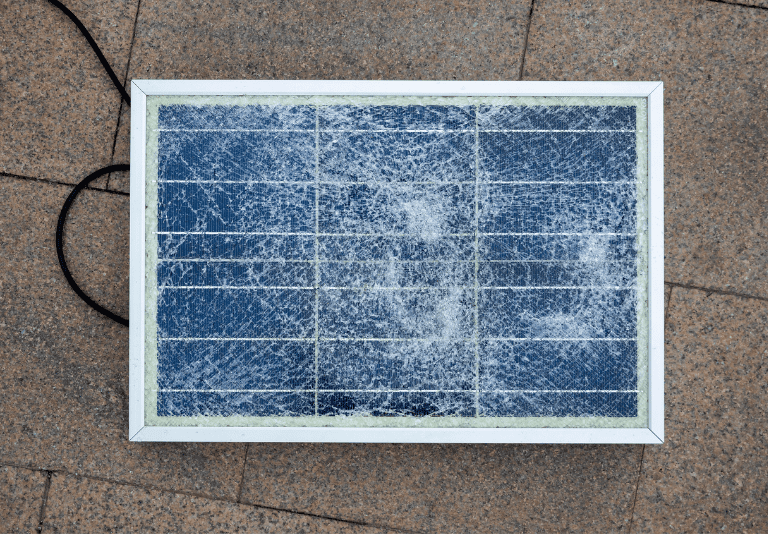
Fake Solar Panels: A Buyer's Guide
In today’s market, the demand for solar panels is skyrocketing as people embrace the never-ending renewable energy solutions. However, alongside this surge in popularity, the risk of encountering fake solar panels and falling victim to scams has also increased. Needn’t to worry – we’ve got you all covered! This is a list where we’ve compiled eight smart tips that will help you spot the fakes and protect yourself from being scammed.
Tip 1: Look for Body Defects: Uneven Edges, Gaps, or Loose Components
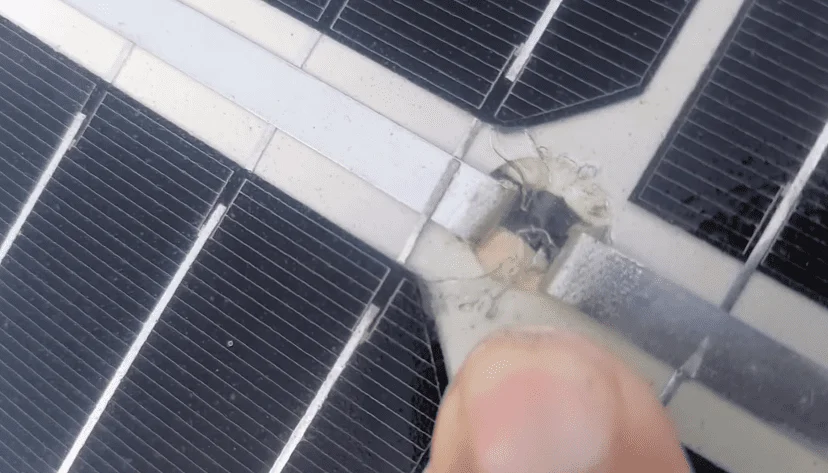
Counterfeit solar panels often exhibit cheap craftsmanship. Inspect the panel closely for any signs of uneven edges, noticeable gaps, or loose components. Authentic panels are built with precision and attention to detail, ensuring a seamless and robust construction. By carefully examining the panel’s physical attributes, you can easily identify any major defects that might indicate the presence of a fake solar panel.
Tip 2: Verify Brand's Logo and Barcode Placement
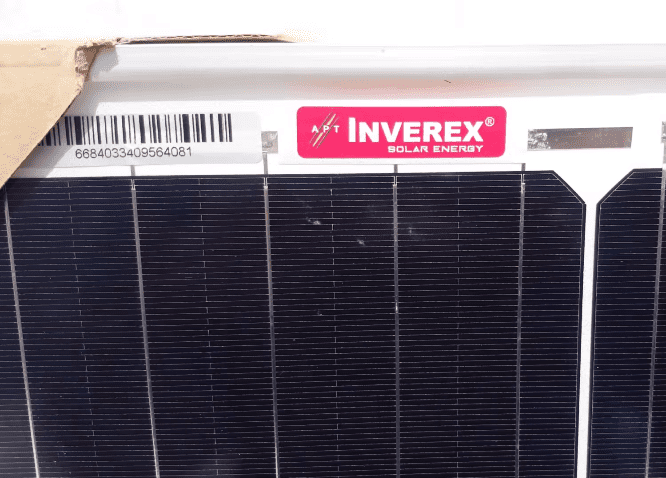
Genuine solar panels have their brand’s logo and barcode placed inside the glass, not above it. Surprisingly, counterfeit dealers are unable to do this and may have placed these markings in the wrong location or inconsistently applied. Pay close attention to ensure their proper placement especially the solar brand sticker should be pasted straight on the backside of the panel, as it serves as an essential authentication feature. In short, clear, well-placed logos and barcodes are indicators of authenticity, while misplaced or rubbed-off markings can be red flags pointing to counterfeit panels.
Tip 3: Watch for Cracked or Chipped Solar Cells
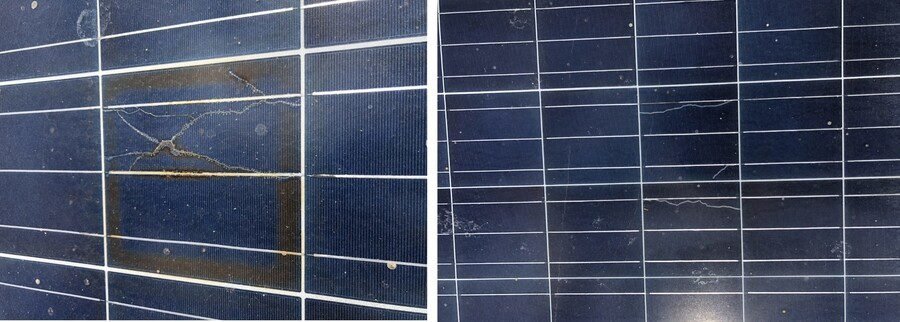
A key aspect of spotting fake solar panels is inspecting the condition of the solar cells themselves. Damaged solar cells are a clear indication of fake panels. Examine the surface of the panels carefully, checking for any cracks or chips. Authentic panels have intact and well-maintained cells that ensure optimal performance and longevity. If you come across any signs of cell damage, it’s a strong indication that the panels may be counterfeit.
Tip 4: Check for Uneven Cell Colors
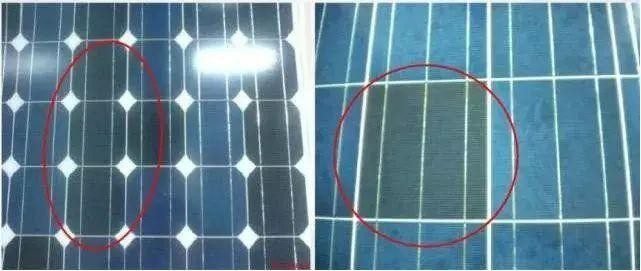
One of the common signs of fake solar panels is the presence of uneven cell colors. Authentic solar panels have uniform cell colors throughout their surface. Deviations in color intensity or uneven hues may indicate counterfeit panels. For e.g. Polycrystalline panels have blue cells made up with several silicon solar cells, whereas Monocrystalline panels use a single solar cell and usually have black cells. It is advised to carefully inspect each cell, ensuring consistent colors across the entire panel. Inconsistencies in cell coloration can be a clear indicator that the panels are not genuine.
Tip 5: Scrutinize Tempered Glass for Scratches or Marks
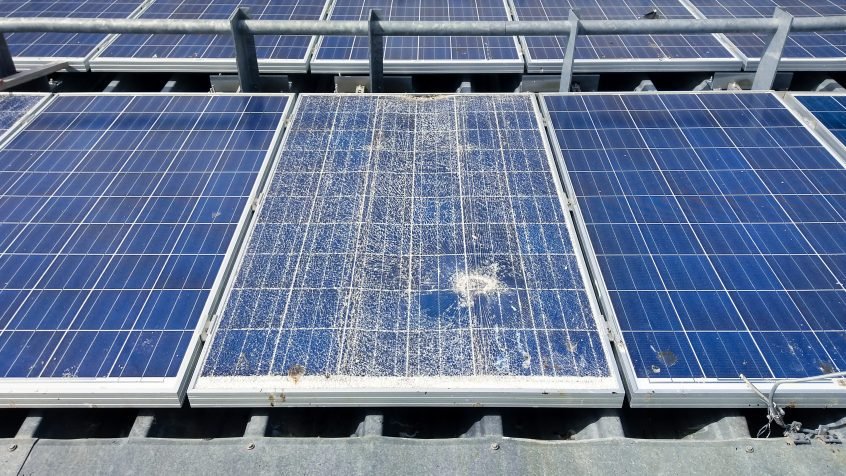
High-quality solar panels use tempered glass that is resistant to scratches. Counterfeit panels may have visible scratches or marks on the glass surface. A genuine panel should exhibit a clear and unblemished surface, free from any noticeable damage or imperfections. As common as it sounds, people usually miss these signs and later have to bear with underperforming panels. It is strongly recommended to scrutinize the tempered glass for any signs of scratches or marks, and determine the authenticity and quality of the solar panels.
Tip 6: Assess Efficiency Levels: Aim for 19% to 21% Efficiency
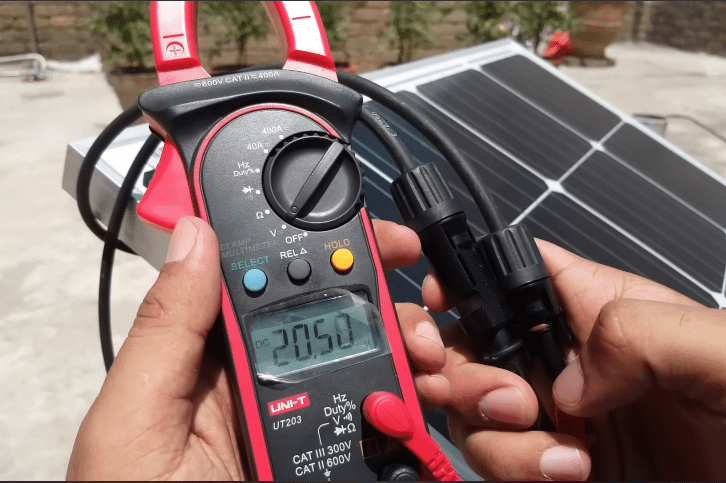
By far, this is the most accurate way to judge a brand’s authenticity. Genuine solar panels are renowned for their high efficiency in converting sunlight into electricity. You can spot fake solar panels by testing their efficiency levels using a multimeter device which is readily available in the market. While efficiency can vary depending on the specific technology used, aiming for panels with efficiency ratings between 19% to 21% is a good benchmark. If a panel claims unusually low efficiency levels, it may indicate counterfeit products or substandard components. It’s recommended to prioritize panels with higher efficiency ratings for optimal energy generation and stable performance.
Tip 7: Check Wiring on Junction Box
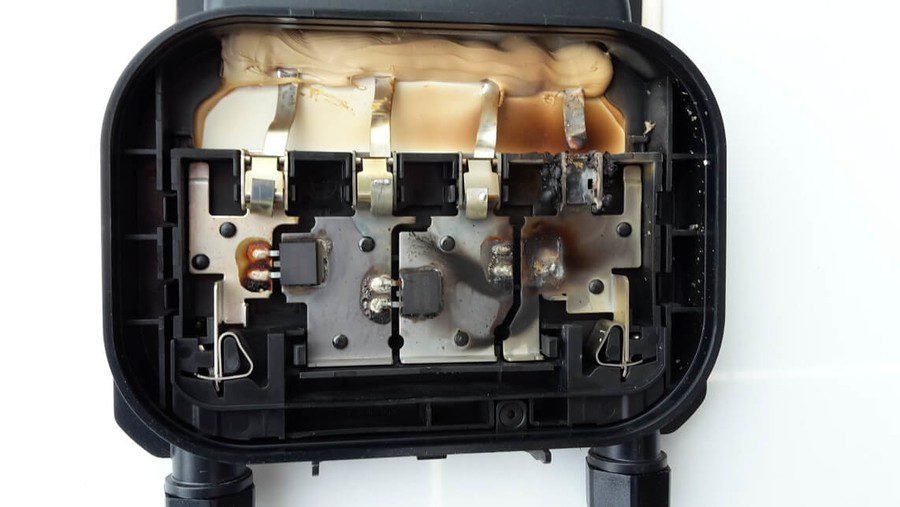
Authentic solar panels have neat and organized wiring connections on the junction box. On the other hand, counterfeit panels may have messy or burnt wiring, which can cause a short circuit. By carefully examining the wiring on the junction box, you can ensure that the connections are well-maintained and properly installed. Neat and organized wiring is a symbol of genuine panels, as it reflects the manufacturer’s attention to detail and commitment to quality.
Tip 8: Beware of Limited Warranty Offers

When purchasing solar panels, it’s important to consider the warranty coverage provided. Legitimate solar panel manufacturers stand behind their products with substantial warranties. Beware of companies offering less than 10 years of product warranty or 25 years of performance warranty. Although solar panels barely underperform within this time period, it’s good to cross check if genuine companies are offering comprehensive and reliable warranty.
Protecting yourself from the risks of fake solar panels is crucial to ensuring a successful solar investment. By following these eight smart tips, you can detect counterfeit solar panels and make an informed decision. At Spade Innovations, we not only educate you on spotting fake panels but also offer hassle-free solar installation services for homes, businesses and mid-large scale industries – as no project is small for us. Interestingly, we make the solar transition easy, so that you reap the benefits of clean energy. Contact us today to embark on your solar journey with confidence!
